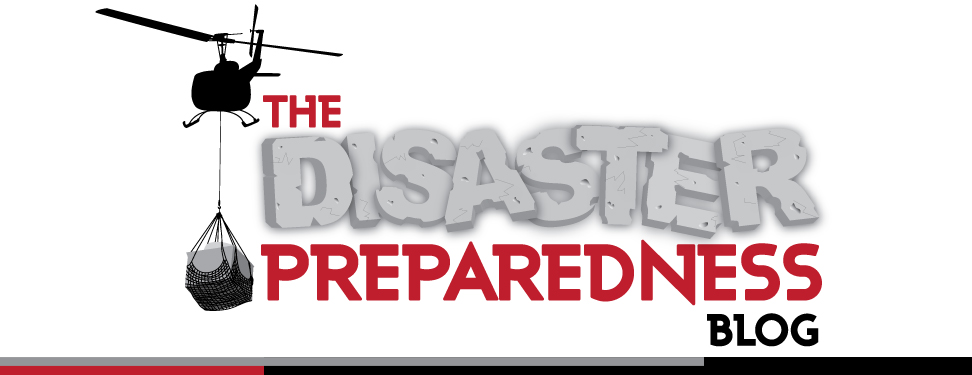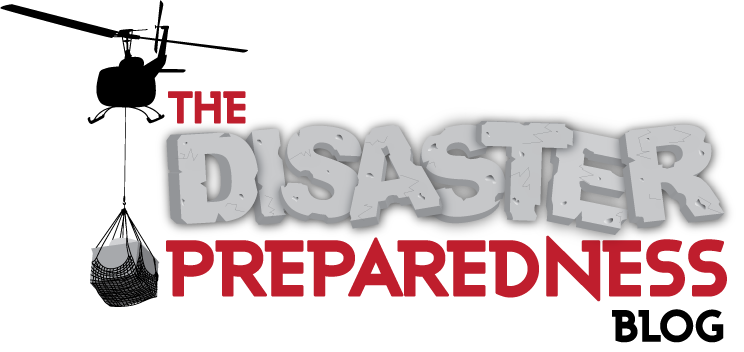Disaster Tip of the Week: Keep Important Documents In Ziplock Bags
 Monday, February 15, 2010 at 5:00AM | |
Monday, February 15, 2010 at 5:00AM | |  Email Article
Email Article Most of us have many important documents such as insurance papers, wills, licenses, deeds, mortgage, automobile titles, birth certificates, passports, marriage/divorce papers, citizenship papers, contracts, etc. but if your like most people you keep these items in a draw or even in multiple places without much other protection.
Granted a number of people will keep them in a fire safe box, but most people don't. Also, many fire safe boxes and safes are not waterproof.
I personally put all my important documents both personal and business related into ziplock bags, and for documents that are hard to replace I double bag them and place the closures at opposite ends. Some might say this is a bit overkill, but if you have ever seen some of the things I have it is not without good reason.
Placing them into the ziplock bags will keep them from being damaged by water and other debris, during a disaster. Also, water damage is more likely than a fire. This is good for other items that may be valuable.
I would highly recommend if you are placing copies of your documents into safe deposit boxes to place them into ziplock bags as well, which brings me to a story.
I had a friend who placed some very valuable paper items into a safe deposit box that were destroyed when someone broke into the bank and used a water pick to open the safe deposit boxes. All of his stuff as well as other peoples papers were destroyed.
One more important thing to note is that I place the bagged documents into a fire safe box and then have it in a location ready to grab if I have to leave during a fire.
Of course you can purchase specially designed acid free document holders which is the best option, but the plastic bags are a good alternative for protecting them short term, and they are cheap.
One thing you don't want to do however is to laminate your important legal documents. Yes, you can keep them from being damaged from spills and debris, but the lamination process itself causes damage and speeds up the process of the document breaking down.







